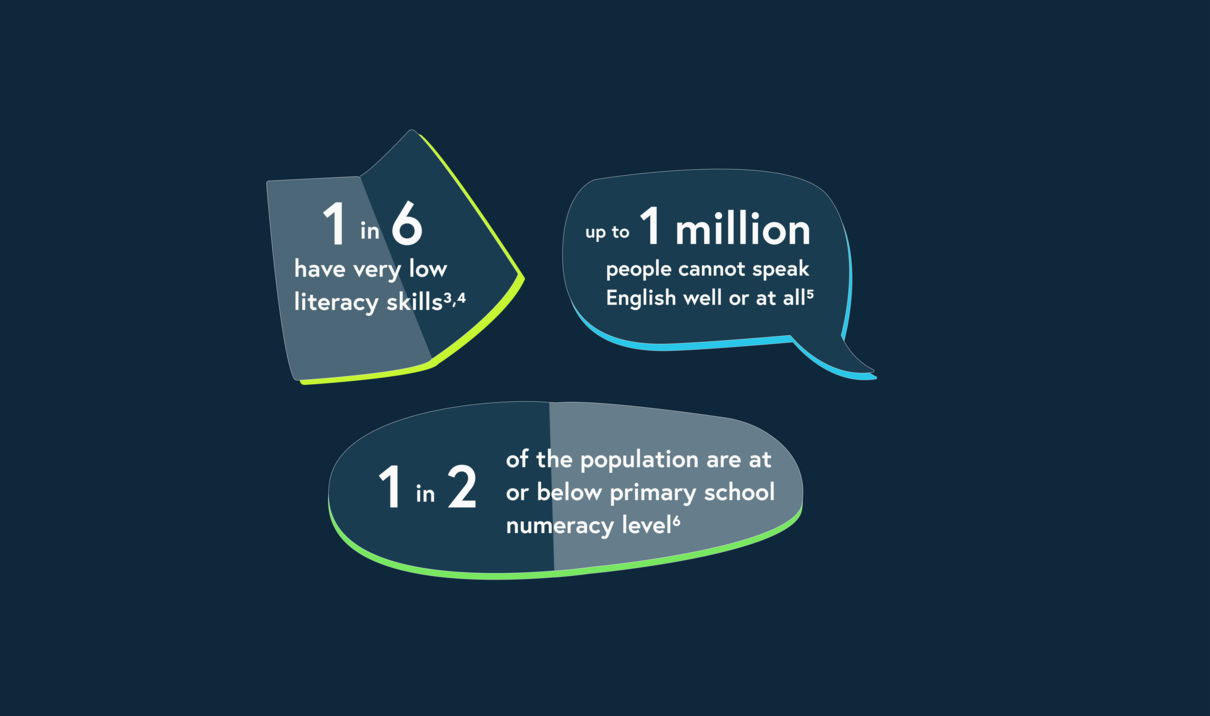
Our 1-page infographic makes the case for the development of health literate information. It sets out the average UK skills for literacy and numeracy, the impact this has on health and what information producers can do to develop information that works for everyone.
The principles for development echo the PIF TICK criteria. They can be applied to all health information, in all formats whatever the topic – from vaccines to verruca.
The infographic has been designed in response to member demand. It makes the case that health literate information is not 'dumbed down', rather it helps level up.
Our thanks to members Dr Knut Schroeder, Eleanor Stanley, Julia Bell and Mike Etkind who helped with development.
Thanks also to Professor Joanne Protheroe, Dr Evelyn McElhinney, Julia Bell and Surfraz Ahmed who contributed to our 2023 review.
References
Published by the Patient Information Forum Ltd. June 2023. Review date: June 2026.

Designed in response to member demand, our one-page infographic makes the case for the development of health literate information.
Health literacy matters poster

Download our simple checklist to help you check how health-literacy friendly your materials are.
Health literacy checklist